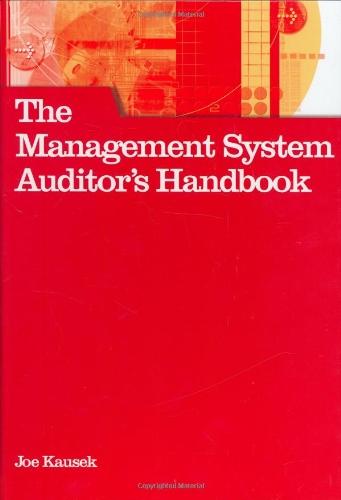Question
Consider the food company duopoly of Firm1 and Firm2 The demand faced by Firm1 is Q1(p1, p2) = 20 2p1 + p2, where p2 is
Consider the food company duopoly of Firm1 and Firm2 The demand faced by Firm1 is Q1(p1, p2) = 20 2p1 + p2, where p2 is the price charged by Firm2; the demand faced by Firm2 is symmetric. Quantities are in thousands of liters, prices in dollars. Both firms face a marginal cost of 6 dollar per liter.
The firms have to commit to prices once per year. Consider just three prices: the Nash equilibrium price pN , the collusion price p that maximizes joint profits, and the best response to the latter aka the cheaters price pC.
(a) Which prices would maximize joint profits?1
(b) Write down the payoff matrix for the one-period game aka the stage game, with the payoffs rounded to the nearest whole number in ek.
(c) Use the payoff matrix from 1b. Both firms have a discount rate of 5%. Can they sustain collusion?
(d) Use the payoff matrix from 1b. Both firms have the same discount rate r > 0. What is required of r for collusion to be sustainable?
Step by Step Solution
There are 3 Steps involved in it
Step: 1

Get Instant Access to Expert-Tailored Solutions
See step-by-step solutions with expert insights and AI powered tools for academic success
Step: 2

Step: 3

Ace Your Homework with AI
Get the answers you need in no time with our AI-driven, step-by-step assistance
Get Started


